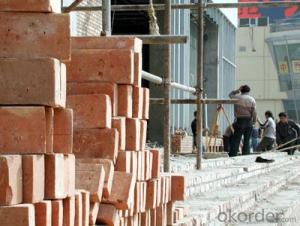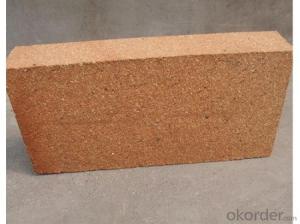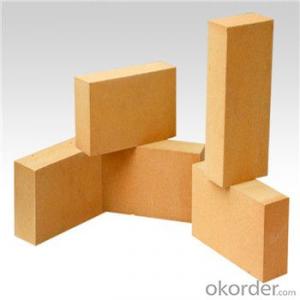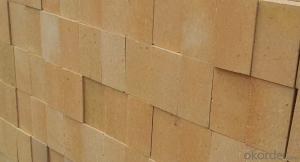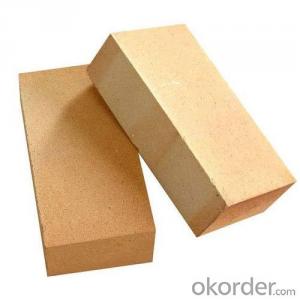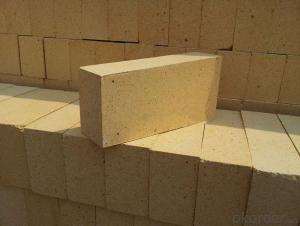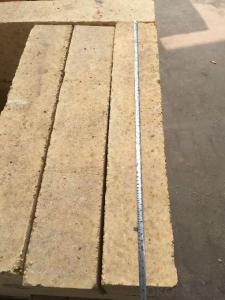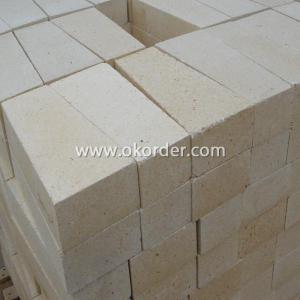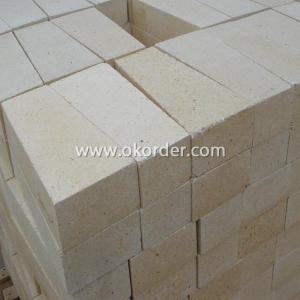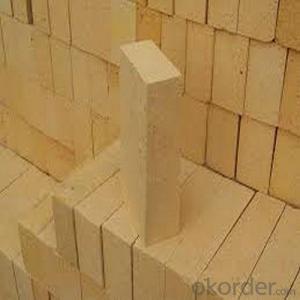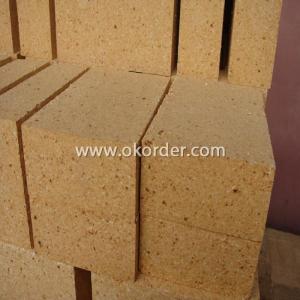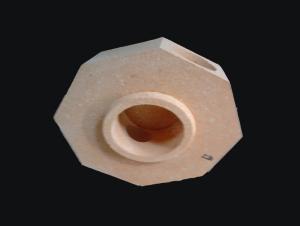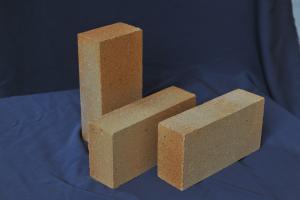Glass kiln with low porosity clay brick
- Loading Port:
- China Main Port
- Payment Terms:
- TT OR LC
- Min Order Qty:
- -
- Supply Capability:
- -
OKorder Service Pledge
OKorder Financial Service
You Might Also Like
玻璃窑用低气孔率粘土砖
|
Features
1.High temperature resistance
2.High refractoriness under load
3.Good thermal shock resistance
Applications
Silliminate brick can be adopted as tin bath roof, throat, channel, doghouse cover board, sidewall, tank bottom,rider arches and superstructure forehearth in glass furnace. It can also be used as lining of blast furnace and ceramic furnature,etc.
Specifications:
Product features: low porosity, low mullite aluminum clay brick is used for the main raw material, through high pressure molding, high temperature sintering. Main mineral composition of mullite phase, the product has excellent high temperature physical properties and chemical corrosion resistance.

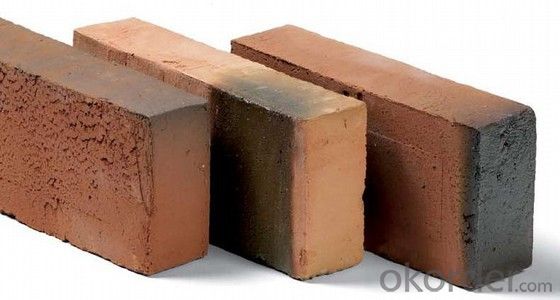
- Q:What is the difference between the refractory brick and the thermal insulation brick
- Refractory bricks are used in the stove, in order to prevent from burnouting the stove under high temperature. Thermal insulation brick is used for preserving heat, is to heat preservation
- Q:What are the materials for building blocks and what are the specifications?
- According to the production process, it is divided into sintered brick (fired brick), autoclaved brick and steam curing brick.
- Q:How to use the firebrick to build crucible furnace? How to calculate its furnace's width and depth?
- 1, classify according to the smelting method : Open-hearth?furnace steel: Including carbon and low-alloy steel. According to the different lining material, there are acidic and basic open hearth steel two types. Converter steel: Including carbon and low-alloy steel. According to different positions of blowing oxygen, there are bottom blowing, side blowing and BOF steel three types. Electric furnace steel: Mainly alloy steel. According to the different types of electric furnace and electric arc nail fixed Li modified cool boat to raise spending whale steel, induction furnace...
- Q:Why limit sintering brick first and develop new wall material?
- The sintering brick is not fit for the national energy saving policy. Indeed, to do a good job of energy saving and emission reduction, and protect our living environment, the relevant departments under the state issued a ban on the construction of the construction industry, prohibit the use of ordinary clay sintering.
- Q:Whether the fire bricks are needed to be poured before construction?
- Refractory bricks do not absorb water, do not need to water, what's more, refractory bricks need special refractory mortar to build. Refractory brick is used in the high temperature furnace, you won't use it to build walls.
- Q:Why can earth make bricks?
- Brick is a common masonry material. Brick and tile production and use in China has a long history, "Qin Zhuanhan tile". The raw material for brick making is easy to obtain, the production process is simple, the price is low, the volume of urine is in the combination, and the clay brick also has the advantages of fire protection, heat insulation, sound insulation, moisture absorption, etc..
- Q:Can refractory bricks be used to pave roads or build a wall?
- Complete refractory brick has standard size and it is heavier than ordinary red brick. the volume ratio is shrinking with change of temperature to crack and strength of brick with brick walls down enough for new
- Q:What matters should be noticed when using clay refractory bricks in a glass kiln?
- There are a variety of products for the production of shaped and unshaped refractory clay, such as blast furnace insulation and high alumina bricks. Brick products include refractory clay bricks, plastic materials for overload, refractory clay and high alumina casting materials, etc.. In the amorphous part, if to support the horizontal induction furnace and the straight induction furnace lining, such as refractory clay and high alumina plastic
- Q:How much refractory material is required for 1 million tons of coke oven
- This depends on the number of specific cubic, different factory designs different boiler, we need volume to caculate.
- Q:What are the differences between fired brick and clay brick?
- . Sintered brick is mainly different from cement bricks and so on, not burning bricks at high temperature. Clay fired brick is widely used in paving roads, pavements and clean walls.
1. Manufacturer Overview |
|
|---|---|
| Location | |
| Year Established | |
| Annual Output Value | |
| Main Markets | |
| Company Certifications | |
2. Manufacturer Certificates |
|
|---|---|
| a) Certification Name | |
| Range | |
| Reference | |
| Validity Period | |
3. Manufacturer Capability |
|
|---|---|
| a)Trade Capacity | |
| Nearest Port | |
| Export Percentage | |
| No.of Employees in Trade Department | |
| Language Spoken: | |
| b)Factory Information | |
| Factory Size: | |
| No. of Production Lines | |
| Contract Manufacturing | |
| Product Price Range | |
Send your message to us
Glass kiln with low porosity clay brick
- Loading Port:
- China Main Port
- Payment Terms:
- TT OR LC
- Min Order Qty:
- -
- Supply Capability:
- -
OKorder Service Pledge
OKorder Financial Service
Similar products
New products
Hot products
Related keywords
